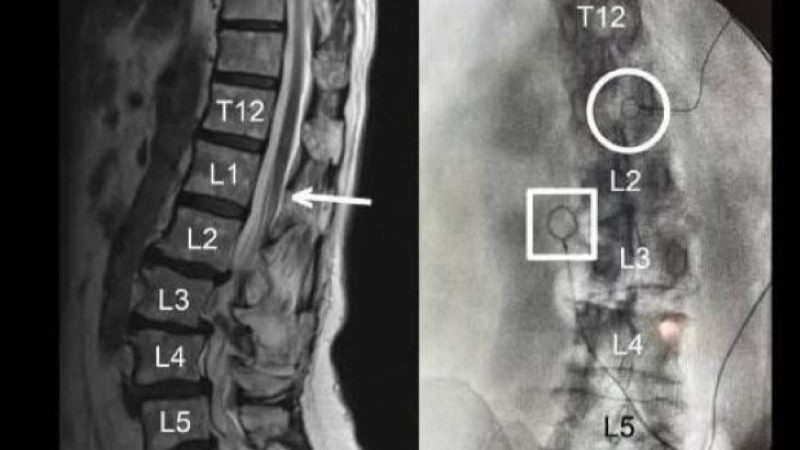
Antifibrinolytic compounds such as tranexamic acid (TXA) and epsilon-aminocaproic acid (EACA) have demonstrated safety and effectiveness in decreasing postoperative blood loss and transfusion after a total hip or knee replacement. Though they are both linked to this effect, there is little existing work available that compares these two treatments. To address this discrepancy, a group of researchers from the Duke University Medical Center compared the benefits of TXA and EACA when used intravenously during the operation. This work was published on August 31 in The Bone & Joint Journal.
Comparing the Two Treatments
In this prospective, randomized controlled trial, the researchers recruited 235 patients at a single tertiary-care referral center. 90 of these patients received a total hip replacement, and 145 received a total knee replacement. Of those receiving hip arthroplasty, 53.3% were female and the median age was about 60 years (interquartile range (IQR) 53.3 to 68.1). Of those receiving the total knee arthroplasty, 63.4% were female with a median age of roughly 65 years (IQR 59.4 to 69.5).
119 and 116 patients were given TXA or EACA during the operation, respectively. These medications were administered through two intravenous doses. The main outcomes measured were the changes in hemoglobin concentration, blood volume, postoperative drainage, and transfusion rates. Postoperative complications, length of stay, and cost served as secondary outcome measures.
Results of the Study
The researchers found that those who received EACA displayed median drainage of 320 ml (IQR 185 to 420) while those receiving TXA only yielded median drainage of 158 ml ((IQR 110 to 238); p < 0.001). In addition, the EACA group also showed increased loss of blood volume (891 ml (IQR 612 to 1203) vs 661 ml (IQR 514 to 980); p = 0.014), and an increased hemoglobin change from the preoperative level (2.1 ml (IQR 1.7 to 2.8) vs 1.9 ml (IQR 1.2 to 2.4); p = 0.016) in comparison to those who received TXA treatment.
In those receiving total hip replacements, there was no statistically significant difference seen in any hematological parameter evaluated. While one of the patients who received EACA treatment required a transfusion, none of those in the TXA group required such intervention. No statistically significant differences were associated with the use of TXA or EACA regarding the quantity or type of postoperative complications or length of stay.
The authors concluded that for hip and knee replacements, EACA is correlated with greater postoperative blood loss in comparison to TXA. They also note that there is no significant discrepancy in transfusion rates between the two treatments.
“While further prospective studies are needed to compare the efficacy of each agent, we currently recommend orthopaedic surgeons to select their antifibrinolytic based on cost and regional availability,” the authors concluded.







 © 2025 Mashup Media, LLC, a Formedics Property. All Rights Reserved.
© 2025 Mashup Media, LLC, a Formedics Property. All Rights Reserved.